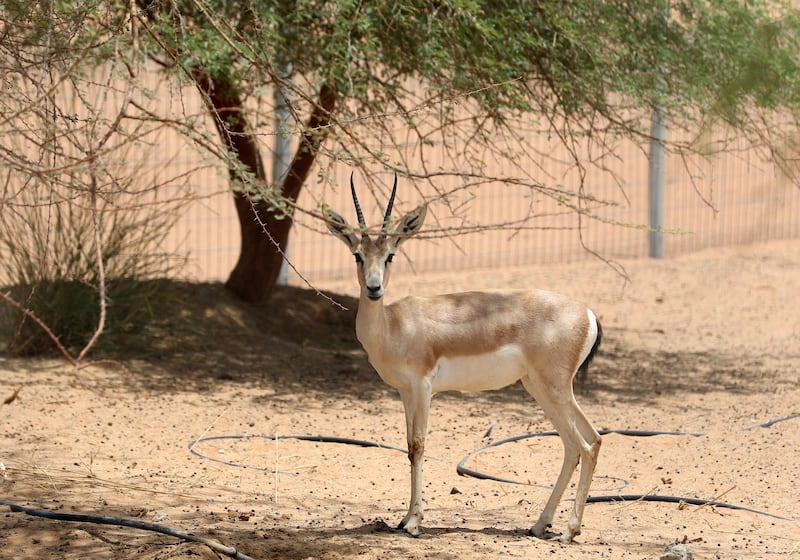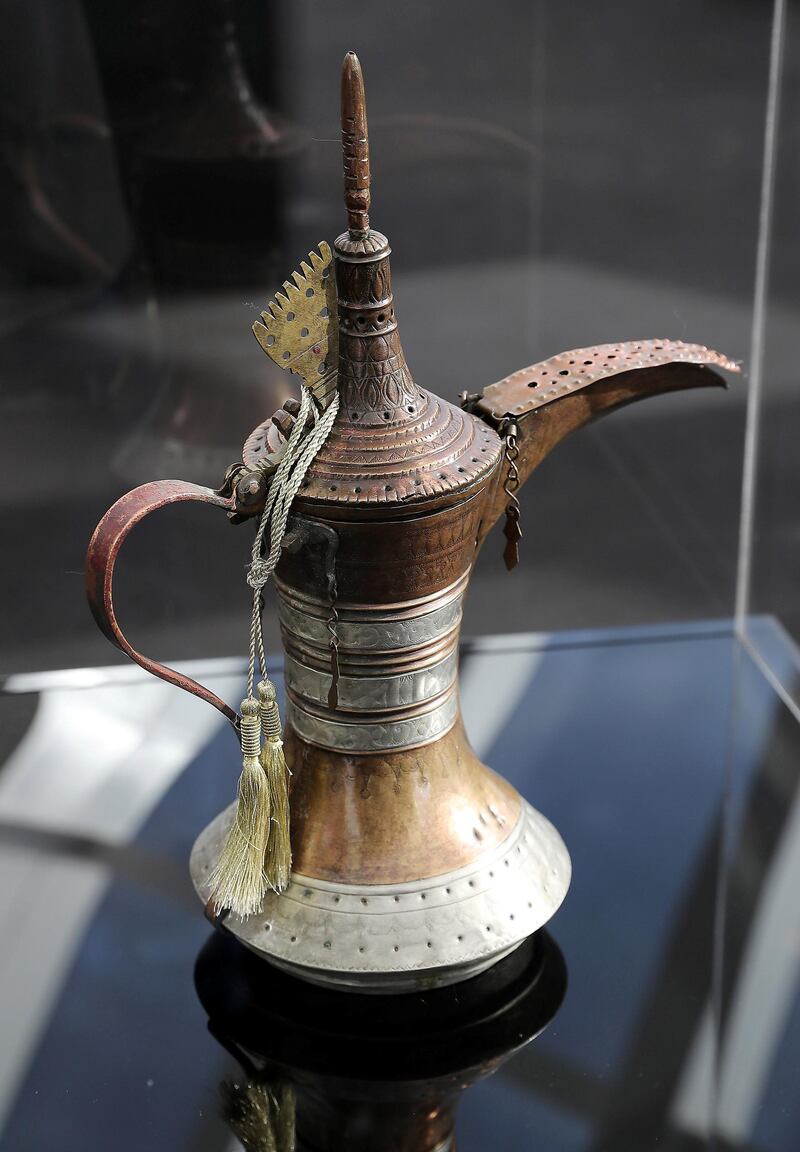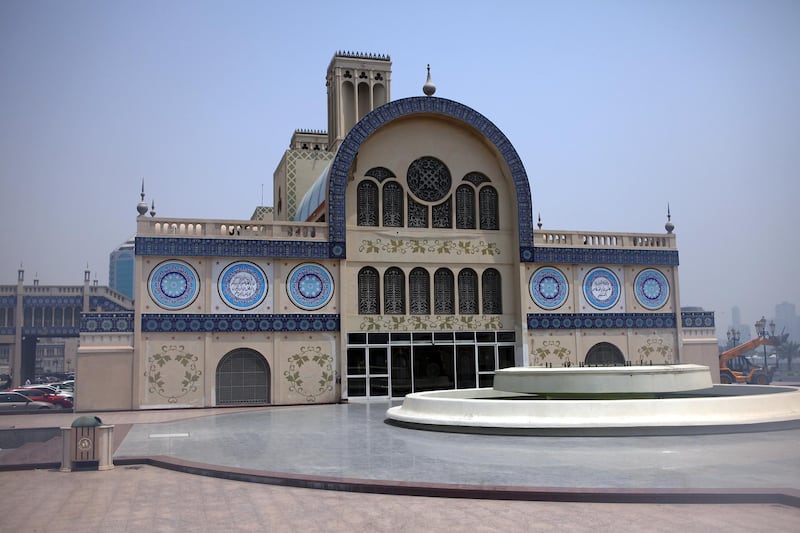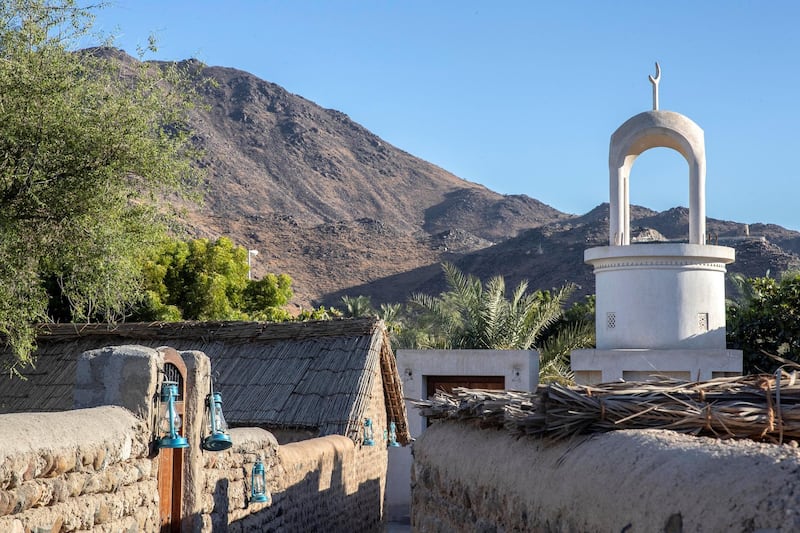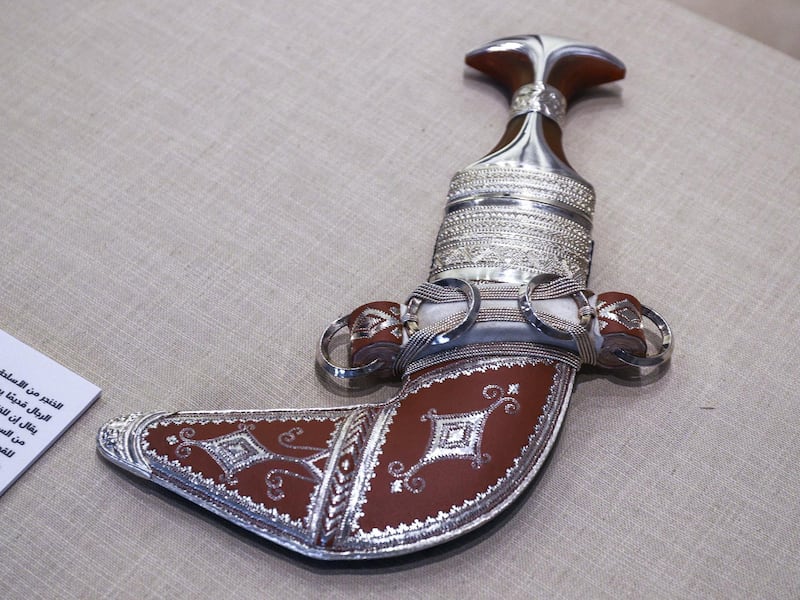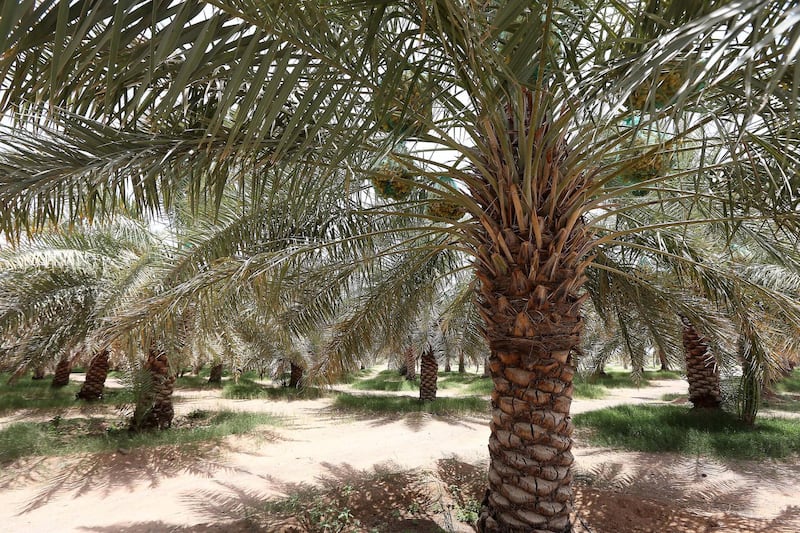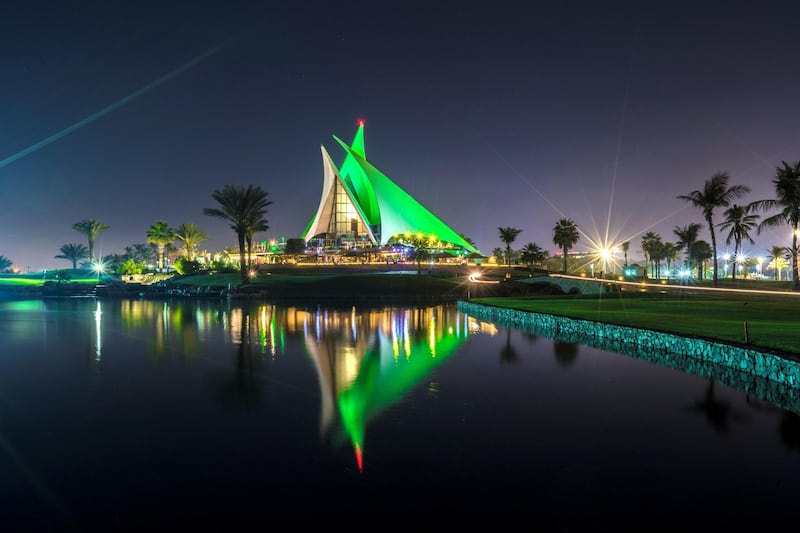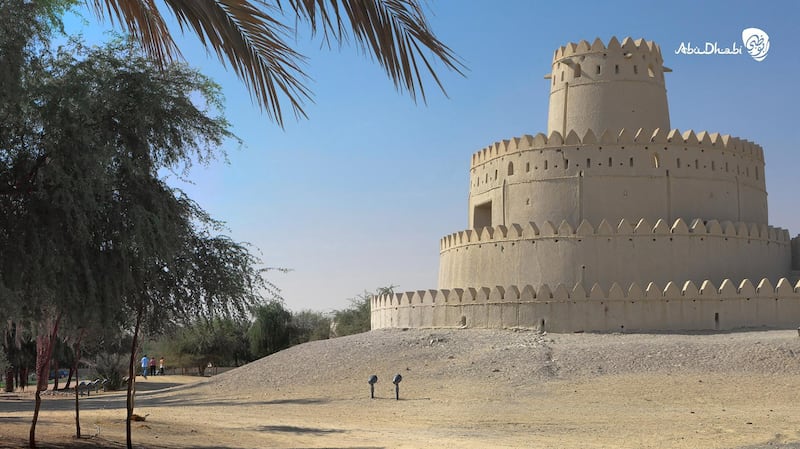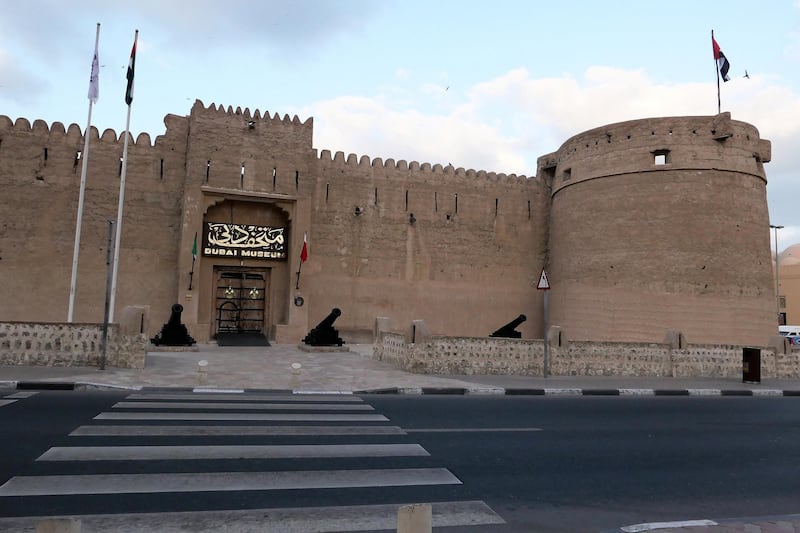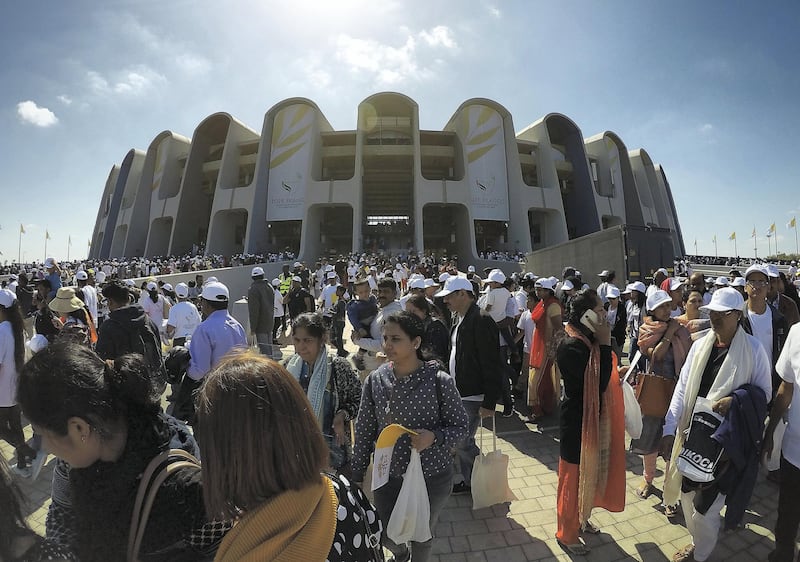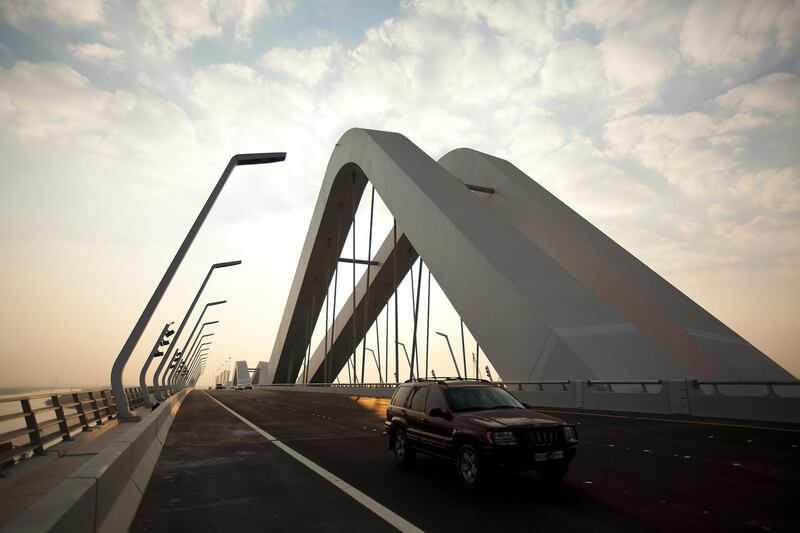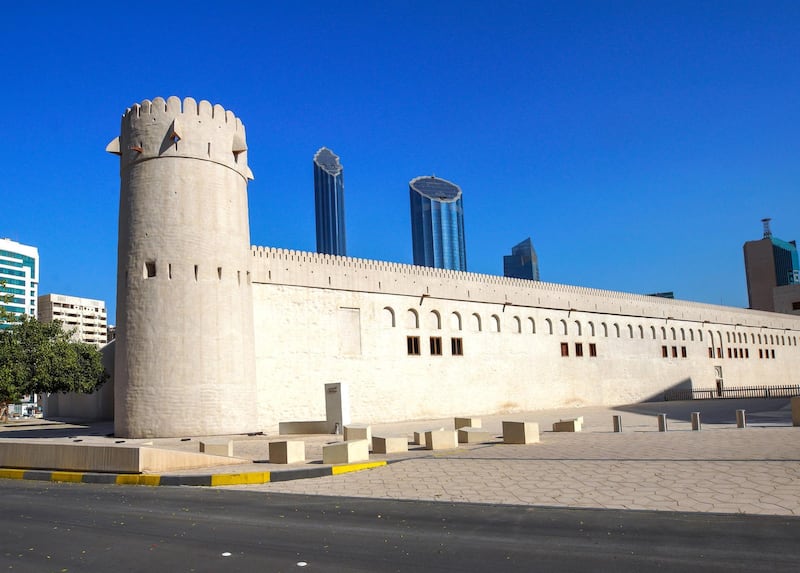The UAE's currency was introduced on May 20, 1973, a little over two years after the country was formed.
Before the dirham, the rupee, dinar and even the Maria Theresa silver thaler were used.
In this weekly series, The National considers the historical and cultural significance of the designs for each of the dirham denominations.
Dh200
Missing from the original line-up, the Dh200 note arrived in 1989 and then in 1997 promptly disappeared for 10 years.
Its comeback in 2007 retained the original design. The Arabic face shows two Abu Dhabi buildings – Zayed Sports City and the Sharia Court of the Judicial Authority.
The other side features another Abu Dhabi building, the UAE Central Bank on Baynunah Street in Al Bateen.
Over the years, the Dh200 used a palate of shifting colours that incorporate shades of brown and yellow, except for the foliage in front of the bank, which in the earliest notes is pale green.
The complex variations of colour in all UAE banknotes are protection against forgery, but the issue of 2016 incorporated a different feature that is easier to feel than see.
The short sides of the note have two pairs of short raised lines, a tactile clue for the blind and visually impaired of the value of the currency they are holding.

